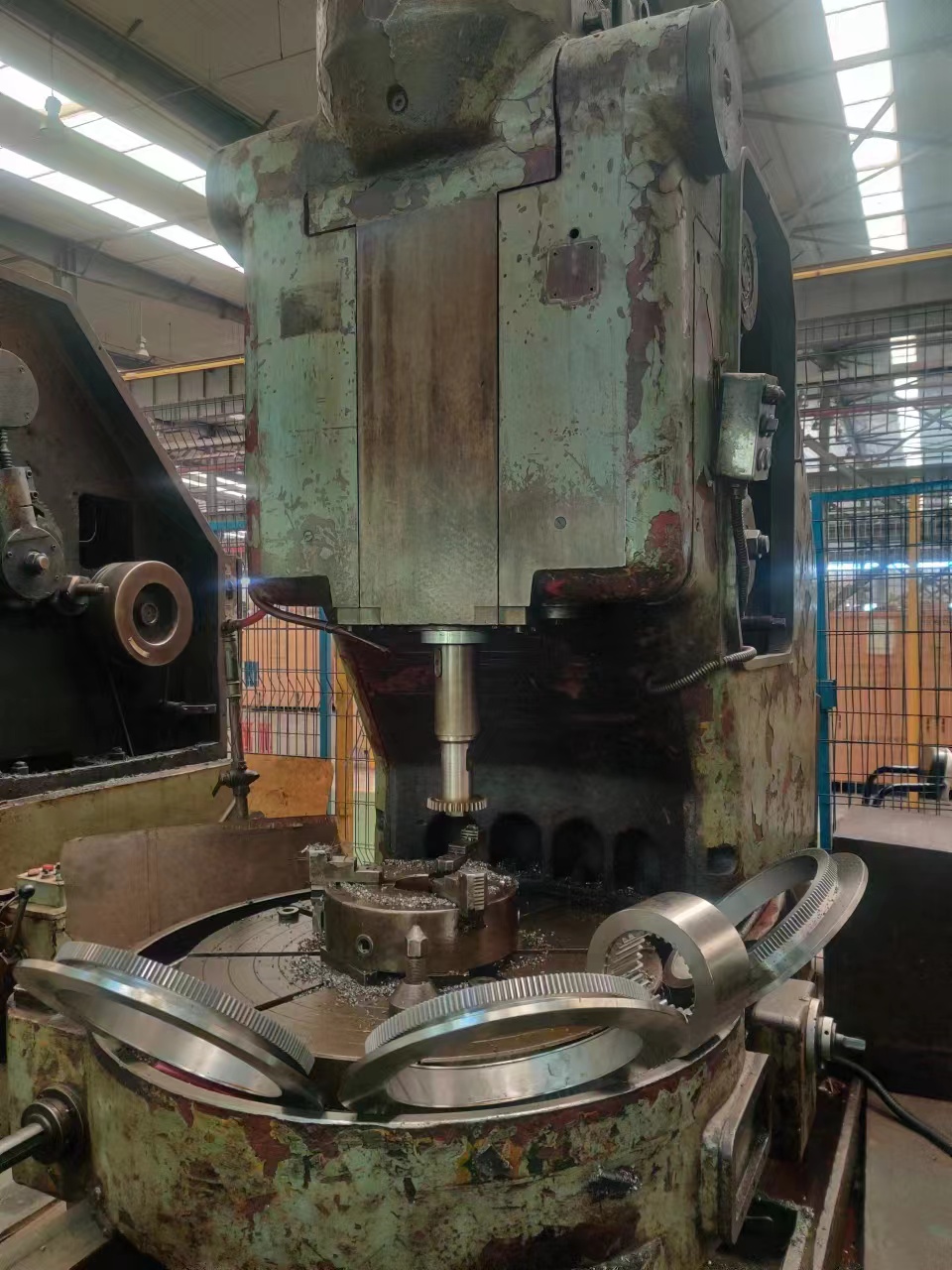Worm gear
Worm gear mechanisms are often used to transmit motion and power between two staggered axes. The worm wheel and worm are equivalent to the gear and rack in their middle plane, and the worm is similar in shape to the screw.
Many worm gears have an interesting feature that other gear sets do not have: the worm can easily turn the gear, but the gear cannot turn the worm. This is because the protrusion angle on the screw is very shallow, and when the gear tries to rotate the screw, the friction between the gear and the screw will keep the screw in place.
Correct meshing
1. The module and pressure angle of the worm and worm wheel in the middle plane are equal, that is, the end module of the worm wheel is equal to the axial module of the worm and is a standard value; the end pressure angle of the worm wheel should be equal to the axial pressure angle of the worm and is a standard value.
2. When the staggered angle of the worm wheel and worm is, it must also be ensured that the helical direction of the worm wheel and the worm must be the same.
Material
Worm wheels are commonly made of cast tin bronze and aluminum iron bronze; cast iron materials can be used for low-speed and unimportant transmissions.
Cast iron bronze: good friction, good anti-adhesion, expensive, slightly lower strength.
Cast aluminum iron bronze: slightly poor anti-friction and anti-adhesion, but high strength, good price.
Cast iron: gray; ductile iron. Aging treatment is required to prevent deformation.
Structural features
1. A large transmission ratio can be obtained, which is more compact than the staggered axis helical gear mechanism
2. The meshing tooth surfaces of the two wheels are in line contact, and its load-bearing capacity is much higher than the staggered axis helical gear mechanism
3. Worm transmission is equivalent to spiral transmission, which is a multi-tooth meshing transmission, so the transmission is stable and the noise is very small
4. It has self-locking properties. When the lead angle of the worm is less than the equivalent friction angle between the meshing gear teeth, the mechanism has self-locking properties and can achieve reverse self-locking, that is, the worm can only drive the worm wheel, but the worm wheel cannot drive the worm. For example, the self-locking worm mechanism used in its heavy machinery can play a safety protection role in reverse self-locking.
5. The transmission efficiency is low and the wear is serious. When the worm gear is meshing, the relative sliding speed between the meshing gear teeth is large, so the friction loss is large and the efficiency is low. On the other hand, the large relative sliding speed will cause serious wear and heat on the tooth surface. In order to dissipate heat and reduce wear, more expensive materials with good friction reduction and wear resistance and good lubrication devices are often used, so the cost is high.
6. The axial force of the worm is large.
